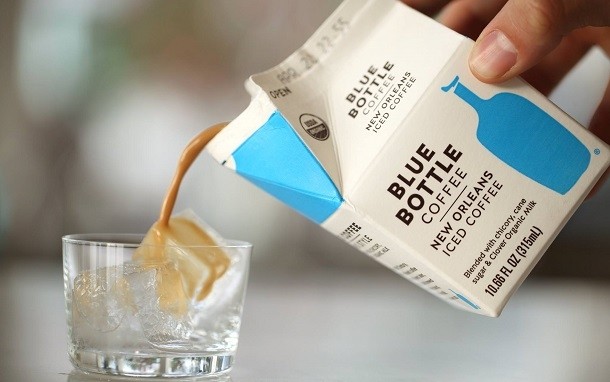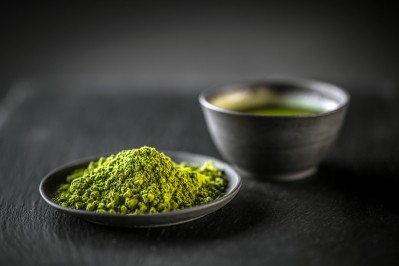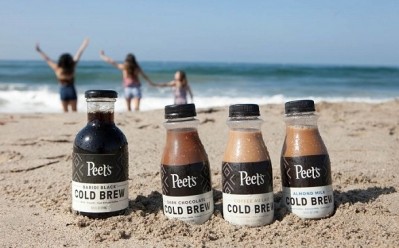THIRD WAVE COFFEE
Blue Bottle acquisition gives Nestlé access to ‘quality obsessed coffee drinkers’

Blue Bottle is a high-end coffee retailer with coffee shop locations in California, New York, Washington, Miami, and Tokyo. The company started as a coffee subscription service in 2002 and still offers home delivery of its super premium ready-to-drink and roast and ground products.
While its rivals like JAB Holdings and Lavazza have grown through aggressive brand acquisitions, Nestlé has historically focused on its in-house brands such as Nespresso and Nescafé, Euromonitor beverages analyst, Matthew Barry, commented.
That strategy has made Nestlé the world’s large coffee producer present in over 180 companies, but a missing link was its involvement in the super-premium US coffee market.
“This is a really interesting move on the part of Nestlé,” Barry said. “It’s not surprising that they would make an exception here though, because this premium coffee space has a lot of potential.”
Blue Bottle Coffee will continue to operate as a stand-alone entity, while having access to Nestlé’s capabilities in coffee and its global consumer reach. The current management and employees will retain a minority stake including Bryan Meehan remaining as CEO and founder James Freeman as Chief Product Officer.
Premium positioning in US market
The majority stake in Blue Bottle will give Nestlé entry into the fast-growing, super-premium coffee space in the US where the third-wave coffee movement has flourished.
“Much like the company’s Nespresso boutiques, Blue Bottle offers Nestlé access to a growing cohort of quality obsessed coffee drinkers, one which the company has struggled to gain traction with in the US,” Michael Schaefer, global lead for food and beverage at Euromonitor, said.
Third-wave coffee shops represent an upward shift from premium to luxury coffee consumption in the form of manual coffee-making methods such as pour-over and RTD small-batch coffee products, something which Blue Bottle has specialized in and honed.
In 2016, specialist coffee shops were the fastest growing restaurant category in terms of global sales with a 9.1% CAGR, according to Euromonitor.
In the case of Blue Bottle, the third wave coffee retailer is expected to nearly double its coffee shops to 55 locations by the end of 2017.
Starbucks to relinquish control of RTD coffee
Barry points to RTD coffee such as cold brew and nitro as one of the fastest growing niche segments in the super-premium coffee space, which is expected to reach $4.4bn in retail sales by 2021 (up from $2.9bn this year), according to Euromonitor data.
“Starbucks has for a long time had a virtual lock on this category, but that lead is starting to slip,” Barry said.
Major players such as Coca-Cola and McDonalds have loosened Starbucks’ grip on the RTD coffee category with their respective product launches. However, Nestlé will play in the steadily-growing super-premium RTD coffee space which is beginning to hit its stride in the US and certain global markets.
“No one is dominating this segment yet, but with Nestlé behind it, Blue Bottle could be the one to break out from the pack,” Barry added.







